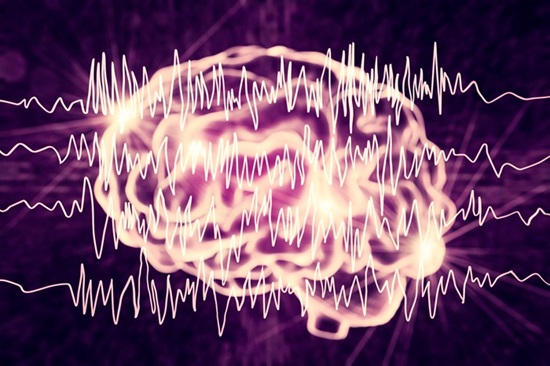New Method Combines EEG, MRI, and ML to Identify Seizure-Prone Brain Regions Before Surgery
Posted on 29 Aug 2024
Neurosurgery for patients with drug-resistant epilepsy involves locating the brain regions responsible for seizures. Generally, this requires patients to undergo 7 to 10 days of invasive intracranial EEG monitoring, where electrodes are implanted inside the brain through skull openings to record seizure activity. Researchers have now introduced a shorter, noninvasive technique for mapping seizure zones, which offers insights beyond what traditional EEGs can provide. Detailed in the journal Epilepsia, this novel method integrates standard scalp EEG readings with MRI data to map brain structures and employs machine learning to identify the brain areas most likely to generate seizures.
The team at Boston Children’s Hospital (Boston, MA, USA) conducted a retrospective analysis using approximately five minutes of scalp EEG data from 50 patients with drug-resistant epilepsy who had undergone neurosurgery. By incorporating MRI data and applying machine learning algorithms, they defined functional cortical networks, capable of detecting epileptiform activity not visible to the naked eye and even in the absence of discernible brain abnormalities on MRI. The algorithm showed a 75% accuracy rate (91% sensitivity, 74% specificity) in pinpointing seizure zones during episodes of epileptiform activity and 62% accuracy during non-epileptiform periods. The algorithm was less likely to match the targeted zones in patients who continued to experience seizures post-surgery, implying the initial surgical intervention did not accurately target the epileptic focus.

In cases where surgery did not stop the seizures, the model suggested that not all epileptogenic regions had been removed. It also pointed out scenarios where the epileptic area might be too extensive for resection, suggesting that such patients might better benefit from palliative treatments like neuromodulation. The researchers aim to further validate their approach in a larger, prospective study and determine which patients with drug-resistant epilepsy could most benefit from surgical interventions. Given its brief and noninvasive nature, this new technique could be applied earlier in the disease process, potentially allowing for earlier surgical interventions and helping to mitigate the neurodevelopmental impacts of epilepsy.
“Using computational tools, we can reconstruct cortical activity that the eye cannot catch and understand how different regions are functionally connected,” said Eleonora Tamilia, PhD, who directs the Epilepsy Monitoring Unit Signal and Data Science Program within the Epilepsy Center at Boston Children’s Hospital. “If a seizure starts in one region of the cortex, it’s likely to spread to another network it connects to. Even regions that are far apart may fire together.”
Related Links:
Boston Children’s Hospital













